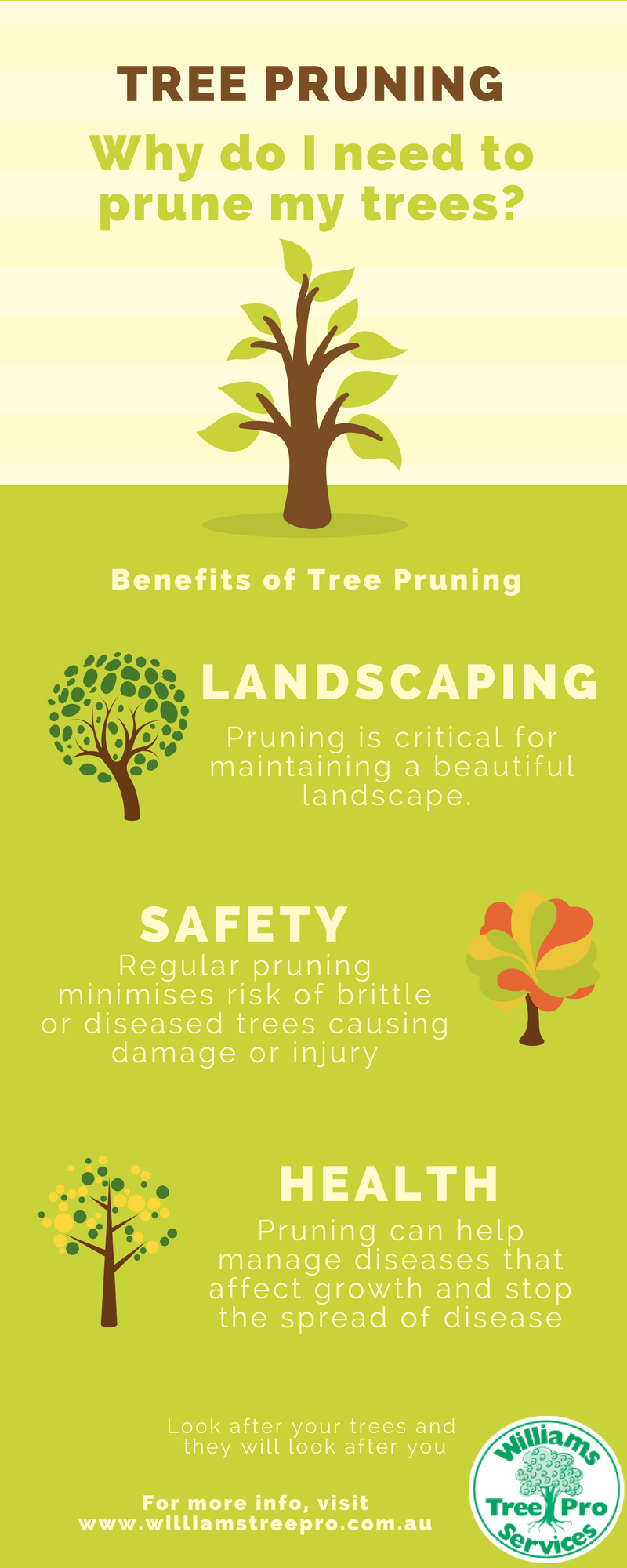Post-Tree Elimination Upkeep Is Crucial For Restoring Your Landscape; Find Out Key Actions To Revitalize Your Location And Prevent Prospective Issues
Post-Tree Elimination Upkeep Is Crucial For Restoring Your Landscape; Find Out Key Actions To Revitalize Your Location And Prevent Prospective Issues
Blog Article
Article By-Tate McCollum
After a tree's removal, your landscape may look fairly various, and it's necessary to evaluate the aftermath very carefully. You'll want to review the soil disturbance and inspect surrounding plants for any type of signs of tension. Neglecting these aspects can bring about larger troubles down the line. So, what should you make with those stumps and origins? And exactly how do you choose the most effective plants for your revitalized area? Let's explore these crucial actions.
Assessing the Results: Assessing Your Landscape
After a tree removal, it's vital to evaluate your landscape to recognize the impact it carries your backyard.
Begin by analyzing the location where the tree stood. Search for signs of dirt disturbance, and check the surrounding plants for any type of stress and anxiety or damages.
You must also remember of how the elimination has transformed sunlight exposure and air movement in your yard. This shift can impact the development of nearby plants, so it's important to review their health and wellness.
Think about the visual facets too; the removal could develop an open space that you can revamp.
Finally, think about any possible erosion concerns that could emerge from the tree's lack. Addressing these variables early will aid bring back equilibrium to your landscape.
Handling Stumps and Origins: Options for Removal
Once you've evaluated the results of the tree removal, you'll likely require to deal with the stump and roots left.
You have a few alternatives for removal. One reliable approach is stump grinding, where an expert makes use of a maker to grind the stump down to underground level. This strategy leaves minimal disturbance to your landscape.
If you choose a DIY method, you can use a mix of digging and chemical stump eliminators. Just remember, this process can take some time and initiative.
Alternatively, think about leaving the stump as an all-natural feature, which can serve as a special yard component or environment for wild animals.
Whatever you select, attending to the stump and roots is important for recovering your landscape.
Picking the Right Plant Kingdoms for Your New Space
As you analyze your freshly cleared room, choosing the right plants can significantly improve your landscape's beauty and functionality.
Begin by thinking about the sunlight and soil conditions. For sunny locations, select drought-resistant plants like lavender or succulents. In shaded areas, ferns and hostas flourish well.
Think of the dimension and development habits of your plants; mix perennials and annuals for seasonal range. Do not forget to incorporate Click That Link need much less upkeep and support regional wild animals.
Group plants in odd numbers for a more all-natural look and produce layers for aesthetic deepness.
Ultimately, ensure you have a mix of colors and appearances to keep your landscape dynamic throughout the seasons.
Satisfied growing!
Verdict
In conclusion, restoring your landscape after tree elimination is a satisfying procedure. By examining the consequences, attending to stumps and roots, and selecting the right plants, you'll create a growing setting. visit link to incorporate disintegration control steps to protect your dirt. With a little effort and treatment, you can change your area into a lively yard that enhances your residential or commercial property. Accept the opportunity to invigorate your landscape and appreciate the appeal of nature right in your backyard!
